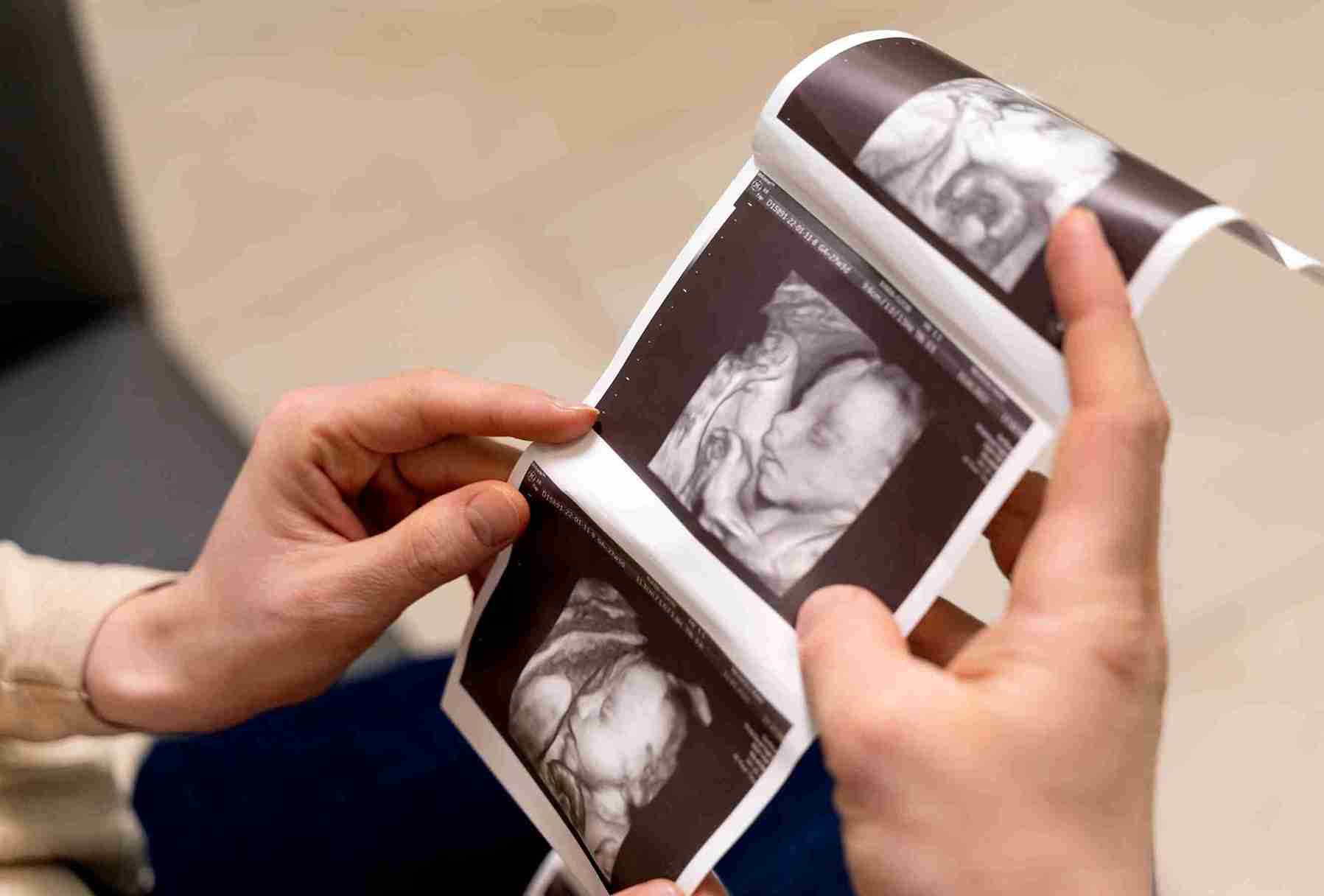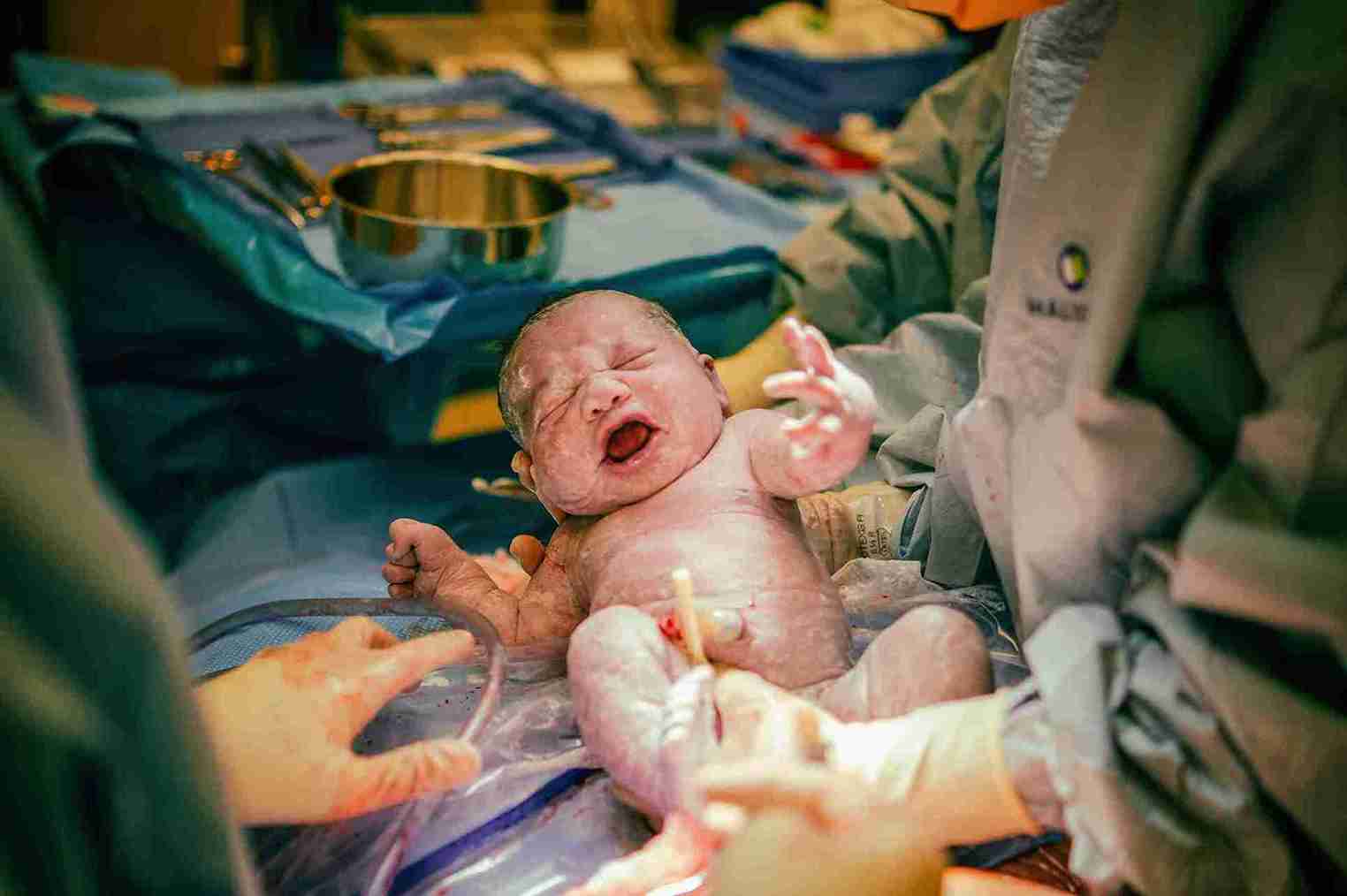
Twin-to-Twin Transfusion Syndrome (TTTS) is a condition, a potentially life-threatening abnormality that occurs in identical twins who share the same placenta. Although unusual, occurring in approximately 10–15% of monochorionic twin pregnancies, its effect can be substantial. Early detection and treatment will greatly affect the outcome.
This article discusses what TTTS is, how it occurs, the various twin-to-twin transfusion syndrome stages and the treatments available.

Twin-to-Twin Transfusion Syndrome (TTTS) is a condition that appears when identical (monozygotic) twins have one placenta, a situation that is called monochorionic pregnancy. In this situation, the twins also have a shared blood vessel that joins their circulatory systems.
TTTS occurs when there is an imbalance in blood circulation through the placenta, so one twin (the "donor") transfers more blood to the other twin (the "recipient").
● The donor twin can develop reduced blood volume, growth retardation, and low amniotic fluid (oligohydramnios).
● The recipient twin can develop fluid overload, heart stress, and too much amniotic fluid (polyhydramnios).
TTTS isn't brought on by anything the parents did or didn't do—it's simply a matter of how blood vessels form in a shared placenta. In a regular monochorionic placenta, vascular connections between twins are normally balanced. In TTTS, abnormal connections let too much blood flow from the donor twin to the recipient.
The reason for these unbalanced connections is not fully understood, but the condition progresses because:
● Unequal arteriovenous anastomoses (vessel junctions)
● Disruption of the balance of blood volume and fluid levels
● Placental insufficiencies
Knowledge of the twin-to-twin transfusion syndrome stages is helpful in establishing urgency and the treatment required.

Twin-to-twin transfusion syndrome is staged by the Quintero staging system, which assists in determining severity and treatment:
● Donor twin decreased bladder visibility and decreased amniotic fluid
● The recipient twin has increased fluid
● Blood circulation and heart function are still normal
● The donor twin's bladder is not seen on ultrasound anymore
● Fluid imbalance persists
● Abnormal umbilical or fetal vessel blood flow is detected
● May affect heart and kidney function
One or both twins exhibit hydrops fetalis signs (extreme fluid accumulation), which can increase the risk of heart failure.
● One or both twins die in the womb
● Monitoring these twin-to-twin transfusion syndrome stages is crucial for timely intervention and improving survival outcomes.
Because TTTS occurs in the womb, the symptoms are usually detected through prenatal imaging rather than through maternal symptoms. Routine ultrasounds in monochorionic pregnancies help spot early warning signs.
Ultrasound: To measure amniotic fluid, bladder size, fetal growth, and heart function
Doppler studies: To check blood flow in fetal vessels
Fetal echocardiogram: For meticulous evaluation of the recipient twin's heart
A salient sign is the imbalance of amniotic fluid levels between the two sacs: polyhydramnios in the recipient and oligohydramnios in the donor.

Treatment is based on the phase of TTTS, gestational age, and overall health of both twins. Treatment choices include:
This is the most successful treatment, specifically for Stage II and higher. A laser closes off faulty blood vessel connections on the placenta to bring balance between twins.
Excess fluid is removed from the recipient's sac with a needle to release pressure. It's a temporary relief and might have to be repeated.
A pinhole is drilled between the two amniotic sacs to balance fluid levels.
Delivery is sometimes the best choice if the twins are viable (typically after 32–34 weeks).
In light cases (Stage I), physicians can observe closely without intervening.
Early and accurate diagnosis of twin-to-twin transfusion syndrome stages determines the most suitable plan of action.
The twin-to-twin transfusion syndrome survival rate depends on various factors, such as the time of diagnosis and the type of intervention employed.
● Untreated, the survival rate of both twins is less than 15%.
● With fetoscopic laser surgery, survival of one twin is more than 80%, and survival of both twins is approximately 60–70%.
● Better results are observed in early stages (I–II) compared to advanced stages (III–V).
● Long-term results can involve neurological or developmental problems in a small percentage of survivors, especially if TTTS is aggressive.
Knowing the twin-to-twin transfusion syndrome survival rate enables parents to make appropriate decisions and find specialised care.
At Cloudnine Hospitals, pregnant women carrying twins get careful, high-risk pregnancy care overseen by senior fetal medicine experts. From sophisticated diagnosis and continuous monitoring to accurate intervention for conditions such as TTTS, Cloudnine takes care of both the babies and the mother, along the way.
What distinguishes Cloudnine is its holistic care model. The hospital brings together cutting-edge fetal imaging, NICU facilities, and surgical capabilities to treat intricate cases such as twin-to-twin transfusion syndrome. Sympathetic counselling and emotional support to families are at the core of their practice.

Twin-to-Twin Transfusion Syndrome is a severe but controllable syndrome with today's medical advancements. Early detection, continuous monitoring, and availability of specialised therapy can significantly enhance results. Familiarity with the twin-to-twin transfusion syndrome stages and knowledge about the twin-to-twin transfusion syndrome treatment enables parents to take proactive action.
If you’re expecting twins or have concerns about TTTS, book a consultation at Cloudnine Hospital today and receive expert, compassionate care tailored to your unique pregnancy.

With laser surgery, survival of at least one twin is over 80%, and both twins survive in about 60–70% of cases.

TTTS can be diagnosed on the basis of fluid imbalance between twins, visibility of the bladder, and abnormalities in blood flow through ultrasound and Doppler scans.

Rarely (most commonly Stage I), TTTS can resolve or stabilise without treatment, but close follow-up or treatment is required for most cases.

No prevention is known to be available for TTTS, but monitoring monochorionic twin pregnancies early and regularly is important for early detection and management.